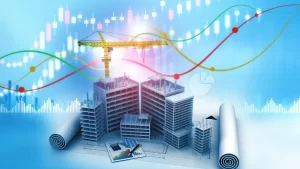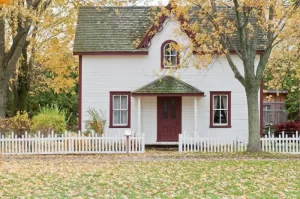Rental Property Maintenance Expenses: How to Estimate and Prepare Operating Costs

If you’re an experienced landlord, you know that a percentage of your rental income, often quite a high amount, has to go towards operating costs. You need a realistic budget if you want to make a profit, and you also have an ethical obligation to maintain a safe home environment for your tenants.
Estimating maintenance costs when calculating the costs of a property can help you to decide whether it’s a financially viable proposition or not. Here are some ways to estimate and prepare a rental property maintenance budget.
How much do you need to set aside?
There is no way to come up with the exact dollar amount of what you will need to spend on maintenance. But there are some tried-and-true strategies to help you estimate your costs. One way is to set aside at least 50% of your rental income every month for taxes, insurance, maintenance, repairs, and other property-related costs.
Another option is to work on the square footage of the property. For every square foot, you should set aside $1 per year for annual maintenance. If your rental property is 3,000 square feet, you will need at least $3,000 for annual maintenance. Yet another way is to take the value of the property into account. You need to budget at least 1% of the value of the property for maintenance every year.
At the very least, you need to give your properties a fresh coat of pain after tenants vacate, ensure the garden is neat and tidy and that all the fittings and fixtures are in working order. Neglected maintenance often results in bigger problems and the need for more extensive repairs down the line.
If you have a number of rental properties, it can be cost-effective to use property management services. Evernest, Mynd and APM offer trusted property managers Colorado Springs and perform move-in and move-out inspections as well as routine inspections. They have a network of licensed, insured and bonded contractors who do quality maintenance work at affordable prices.
Other factors you need to take into account
Besides using rental income, square footage or property value to estimate maintenance expenses, there are some other factors you need to take into account.
Age of the property: The age of your property will influence how much you need to spend on maintenance. Homes over ten years old often need significant upgrades. They may need new plumbing, new electrical wiring or even a new roof. If your house isn’t ‘rent ready,’ you will need a contractor to help you unless you can do the work yourself. You will also need reliable, affordable contractors to help out when tenants have unexpected problems.
Condition of the property: An old home may be in very good condition, or it may need a significant amount of work. Houses that have not been properly maintained are likely to need much more annual maintenance. There is also more likelihood of unexpected repairs, such as burst pipes or leaks.
Type of property: The type of property also affects your maintenance costs. A residential, single-family home will have higher maintenance costs than a condo or home that’s part of an HOA. The HOA usually collectively takes care of exterior maintenance but remember that you will have to pay HOA fees.
Climate: Climate is another factor that can influence how much you need to spend on maintenance. In an area with strong winds or an area that’s a flood zone, you will generally have to spend more on maintenance.
One way to ensure your estimation is accurate is to take the various formulas and add at least 10% for every additional factor, such as an old house or one that’s in a flood zone. While there is no way to prepare exact figures, this should give you a good general idea of what you need to budget for routine and unexpected maintenance.
Regular maintenance costs
If you want to maintain the value of your rental property, preventative maintenance is a must. This entails regular maintenance checks and a proper maintenance schedule. Some of the regular maintenance tasks you may need to perform as a landlord include:
- Cleaning gutters
- Tightening faucets, locks, handles or knobs
- Checking for pests
- Checking for mold
- Checking fire extinguishers
- Testing smoke and carbon monoxide detectors
- Replacing air filters
- Checking for leaks
You may be able to save money by doing some of these jobs yourself. For others, you will need to use contractors. Regular maintenance on your rental home will attract the best tenants and preserve the capital value of your asset, so it appreciates over time.
When you start dreading property maintenance planning, remember that for every dollar that you spend on maintenance, it can probably save you up to a hundred dollars on repairs.















